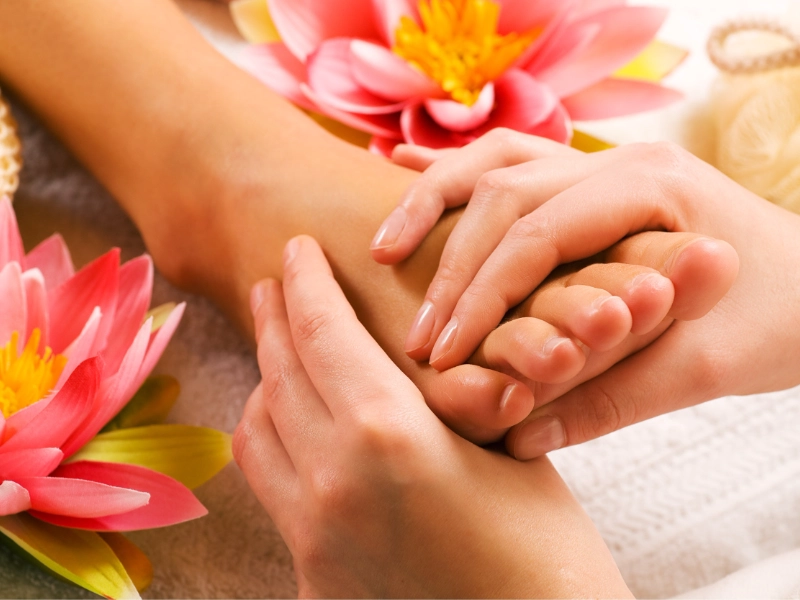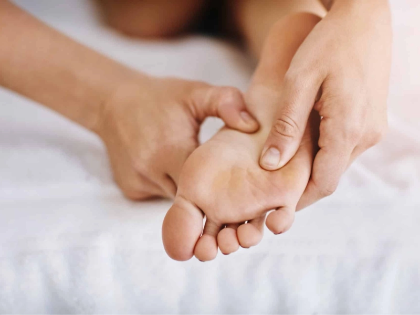Long recognized as a powerful therapeutic technique, foot massages stand out as one of the most enjoyable and effective forms of touch therapy. Combining principles from neurology, anatomy, and ancient healing practices, this comprehensive exploration delves into the fascinating science behind why foot massages feel so incredibly good. From the intricate network of nerve endings in our feet to the release of feel-good hormones in our brain, we will uncover the remarkable processes that make foot massages not only pleasurable but also beneficial for both body and mind. As we journey through the various aspects of foot massage, we will see how this simple act can reduce stress, alleviate pain, improve circulation, and promote overall well-being. Whether you are a massage enthusiast or simply curious about the science behind this relaxing practice, this article will help you understand why foot massages are not just a luxury but an essential component of holistic wellness.
1. The Anatomical Marvel of Human Feet

Comprising a complex network of 26 bones, 33 joints, and over 100 muscles, tendons, and ligaments, our feet are engineering marvels. This intricate structure also houses approximately 7,000 nerve endings, making the feet one of the most sensitive parts of our body. These nerve endings act as sophisticated sensory receptors, constantly sending signals to the brain about pressure, temperature, and position. When stimulated through massage, these nerve endings trigger a cascade of sensory information that travels through the nervous system, activating various pleasure and relaxation responses. This remarkable sensitivity explains why foot massages can influence the overall well-being of our body and why even gentle touch on the feet can evoke such profound sensations. The complexity of foot anatomy also means that manipulating one part of the feet can have far-reaching effects on other systems. For example, the arch of the foot is connected to the diaphragm, while the ball of the foot relates to the chest and heart area. Reflexology, a practice based on this interconnectedness, suggests that specific pressure points on the feet can influence the health of corresponding organs and body parts.
Advertisement











